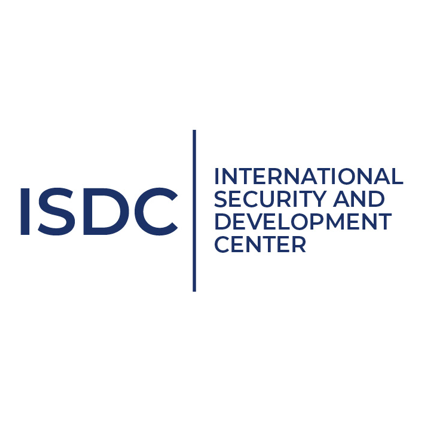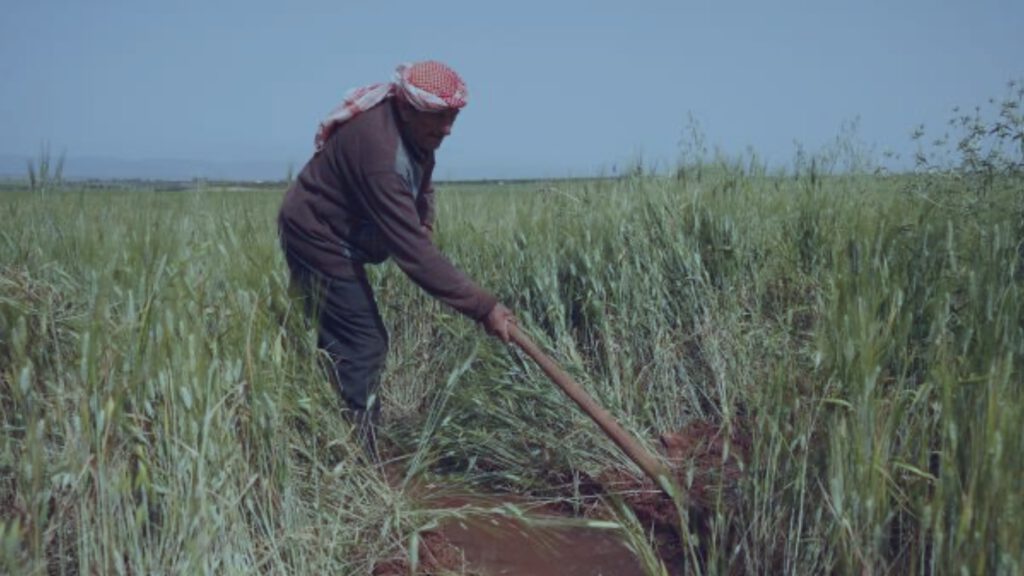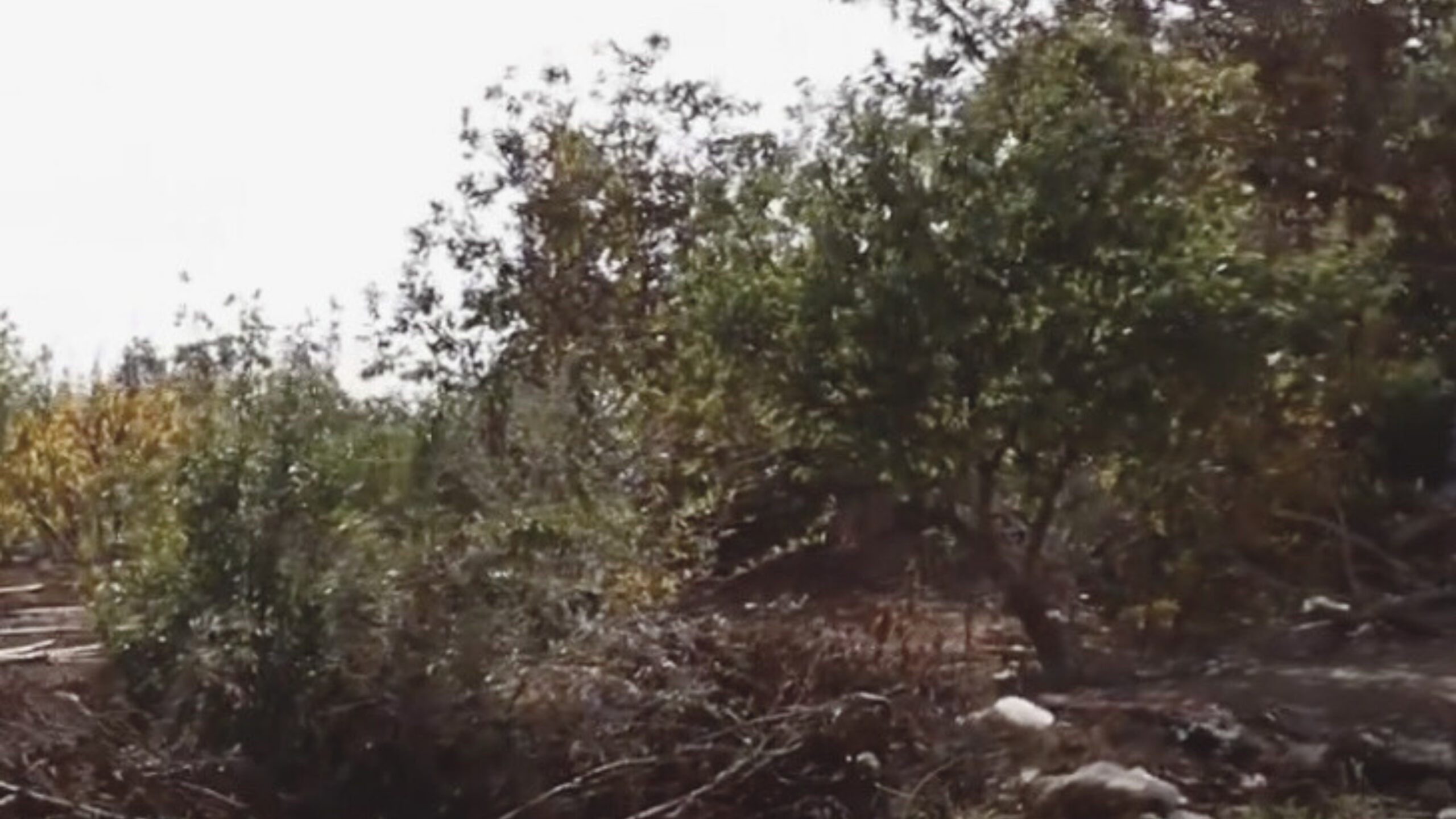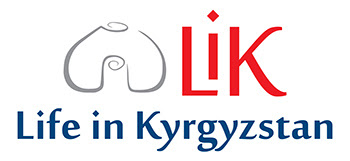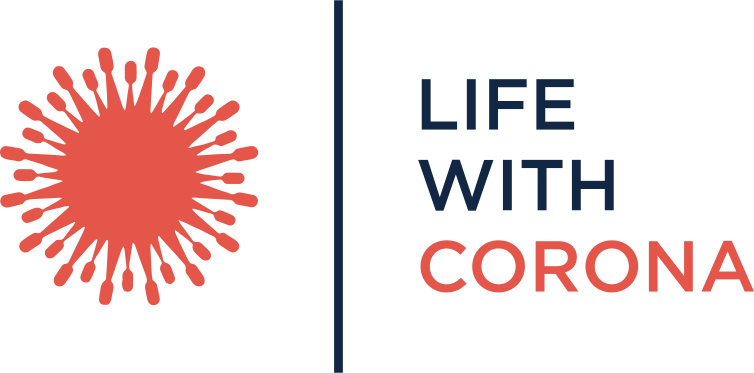Thematic Brief
Strengthening Food Security in Syria
Syria has faced over a decade of conflict, resulting in widespread destruction, economic hardship, and a sharp decline in living standards. The Building Local Resilience in Syria (BLRS) programme is responding to these challenges by tackling food insecurity through a range of resilience-building interventions to strengthen the country’s food system.
What is food security?
”Food security exists when all people, at all times, have physical, social, and economic access to sufficient, safe, and nutritious food that meets their dietary needs and food preferences for an active and healthy life.” (World Food Summit, 1996)
How we measure food security in Syria?
Food security is measured using standardised indicators that assess the quality and quantity of food available to individuals or households, and how easily they can access it. Two of the most commonly used tools for measuring food security are the Food Consumption Score (FCS), developed by WFP and the Food Insecurity Experience Scale (FIES), developed by FAO. In Syria, as part of the BLRS, both indicators are used to track the food security of beneficiary and non-beneficiary households in districts targeted by the programme.
Food Consumption Score
The FCS, developed by the World Food Programme (WFP), evaluates household dietary diversity and food frequency by calculating a weighted average of the types and frequencies of foods consumed over a seven-day period. Each food group is given a weighting according to its nutritional value; higher weightings are given to foods that are rich in protein and micronutrients, such as meat, dairy products, and legumes (WFP, 2024).
Categorisation: Households are classified as having “poor,” “borderline,” or “acceptable” food consumption based on the FCS thresholds:
- Poor: FCS ⪬ 28
- Borderline: 28 < FCS ⪬ 42
- Acceptable: FCS > 42
This score helps to identify populations at risk of having inadequate access to food in terms of both quality and quantity, providing a rapid overview of the status of food security.
Below is a snapshot showing the share of rural Syrian households that have poor levels of FCS in each targeted district in 2023. On average, more than 40% of households in Northwest Syria have poor levels of FCS
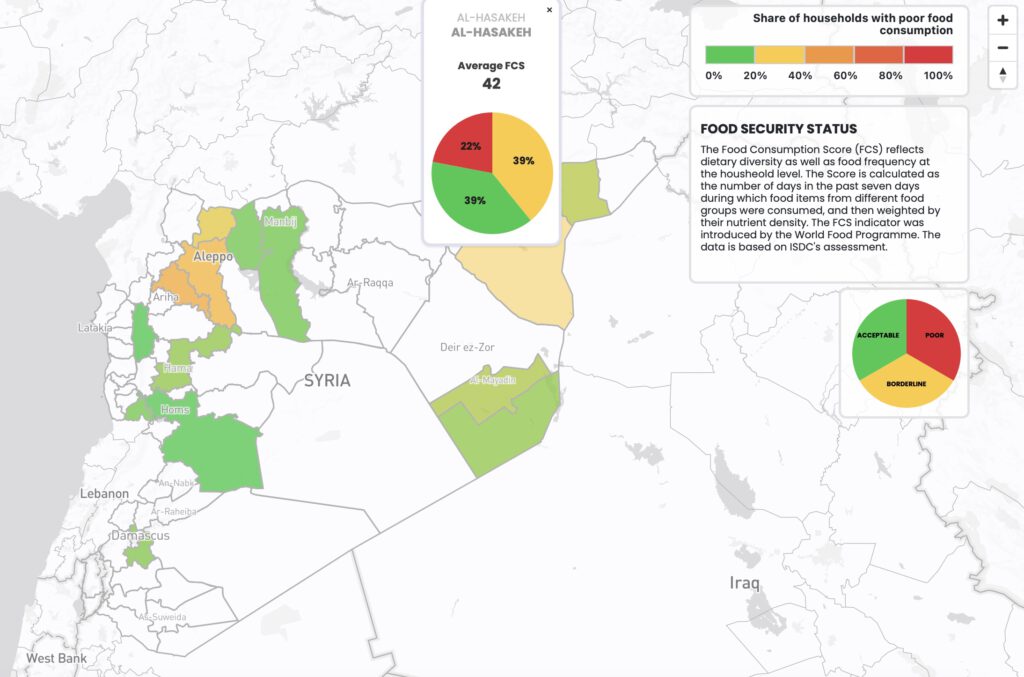
The numbers on this map show the share of households with poor levels of FCS at the district level and are based on survey data from a sample of about 3,000 rural households collected in BLRS targeted districts. This data is not nationally or regionally representative.
Food Insecurity Experience Scale
The FIES is calculated by asking individuals or households a set of eight ‘yes/no’ questions about their self-reported behaviours and experiences of difficulty accessing food due to resource constraints over a specific reference period. The number of ‘yes’ responses then places individuals on an underlying severity scale, allowing for classification into different levels of food insecurity (FAO).
Households were asked in 2023 to respond to eight specific scenarios with ‘yes’ or ‘no’ in answer to the following framing question: ‘During the last 30 days, was there a time when, because of a lack of money or other resources:
You were worried you would not have enough food to eat? 51%
You were unable to eat healthy and nutritious food? 90%
You ate only a few kinds of foods? 81%
You had to skip a meal? 48%
You ate less than you thought you should? 38%
Your household ran out of food? 21%
You were hungry but did not eat? 10%
You went without eating for a whole day? 6%

The figure displays the share of households who reported yes on these eight questions, and is based on survey data from a sample of about 3,000 rural households collected in 2023. This data is not nationally or regionally representative.
In a nutshell, these numbers show continued challenges in accessing food in 2023 as indicated by the large share of households reporting mild and moderate experiences of food insecurity, however, the shares of households experiencing severe levels are relatively low.
How is food security being threatened in Syria?
The food security of Syrians is under severe strain due to climate change & water scarcity, damaged (irrigation) infrastructure from the conflict, as well as economic instability & high costs. According to the Humanitarian Action Report, it is estimated that “14.5 million people are food insecure” as of early 2025.
Climate change and water scarcity
Syria is facing a severe drought that is projected to be the worst in 36 years, with a predicted wheat deficit of 2.73 million metric tons by 2025. This deficit would be sufficient to meet the annual needs of 16.25 million people. (ECHO)
Reduced rainfall, rising temperatures, and declining river flows, like the Euphrates, have devastated agriculture, leaving over 14.5 million people food insecure. (ECHO)
Damaged infrastructure, especially for irrigation
In the wake of a prolonged conflict, Syria’s vital irrigation infrastructure has been severely damaged, including canals and pumping stations. This situation has led farmers to rely on expensive, depleting groundwater wells.
As of January 2025, ”only 56% of the planned irrigated land had been planted” (Food Security Cluster), significantly hindering food production.
Economic instability and high costs
Syria’s ongoing economic crisis, marked by currency devaluation and high inflation, has led to significant increases in the cost of food and agricultural inputs. ”The minimum wage covers as little as 18% of the food needs identified in a Minimum Expenditure Basket, severely weakening households’ purchasing power and food security (FAO)”. High fuel costs further inflate prices for transport and irrigation.
The BLRS programme: a path to resilience
In response to Syria’s ongoing crises, the Building Local Resilience in Syria (BLRS) programme provides sustainable solutions to food insecurity by addressing its root causes across Syria.
Funded by the UK Foreign, Commonwealth, and Development Office (FCDO) and implemented by the Food and Agriculture Organization of the United Nations (FAO) and the Syria Resilience Initiative (SRI), and supported by the International Security and Development Center (ISDC), the BLRS programme strengthens food security by fostering local agricultural food systems, expanding market access and building community resilience.
BLRS in a nutshell
- When? Start: 1 April 2022 | End: 31 March 2028
- Where? The programme is operating across most regions of Syria, including Aleppo, Al-Hasakeh, Deir ez-Zor, Hama, Homs, Idlib and Rural Damascus
- Who? Approximately 150,000 Syrians currently benefit every year with focus on women, young people, and those with disabilities
- What? crop production; livestock production & health; capacity building; Irrigation, water & energy; SME & value chains; women empowerment (more details)
- How? See below!
BLRS in numbers
The interactive map below provides detailed information about the specific types of activities and interventions implemented by the partners, as well as the number of beneficiaries reached so far. Use the drop-down menu on the left to explore the different categories.
BLRS in action
Below are two specific examples from the many resilience-building interventions implemented by FAO and SRI under the BLRS to strengthen the food security of Syrians.
Farmer field schools: hands-on training for resilient farming
The Food and Agriculture Organization (FAO) aims to support 15,000 households in Syria by providing agricultural inputs and training in climate-resilient farming techniques through farmer field schools.
This community-based approach aims to enhance farmers’ skills and knowledge for more sustainable practices. The farmer field schools and farmer business schools serve as platforms for knowledge exchange and decision-making among farmers, with a focus on innovation and evidence-based practices.
The FAO has utilised this approach since 1980, resulting in positive impacts such as improved community engagement, social cohesion, and adoption of efficient farming methods.
In the context of the Syrian crisis, where traditional farming practices prevail due to limited exposure to modern technologies, involving women farmers in farmer field schools becomes crucial for enhancing agricultural practices and resilience.
Take a closer look at the schools that FAO is providing in Syria!

Strengthening livelihoods through veterinary care
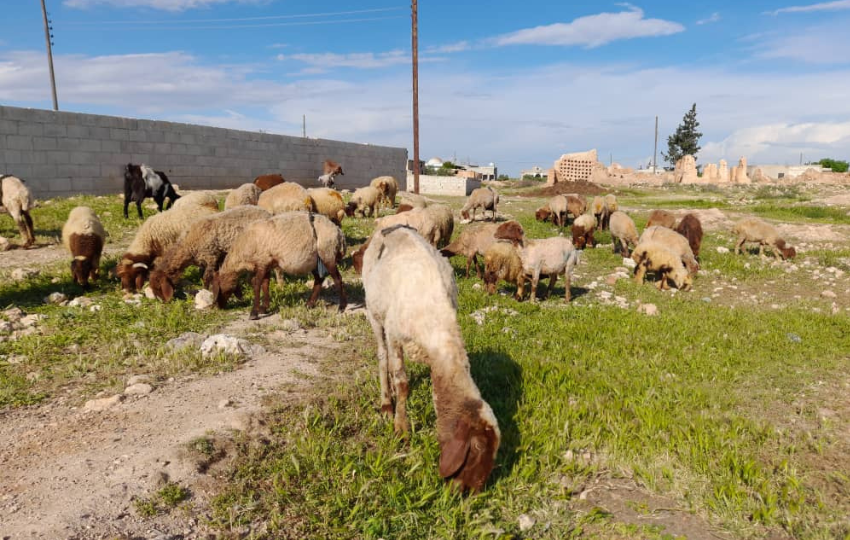
In Syria, the livestock and poultry population has increased in recent years, indicating progress in the country’s recovery. However, this increase has led to pasture depletion and drought effects, with some pastoralists starting to fence off shared grazing areas, potentially causing heightened tensions. This highlights the need for a sensitive approach to value chain support, promoting peace and considering climate change aspects.
The livestock programme, provided by SRI, supports herders through multiple interventions including the provision of livestock inputs, artificial insemination, animal health services, and dairy processing and milk collection. It enhances dairy production by supplying home-based hydroponic kits and cash for fodder, alongside communal support via livestock committees. Additional activities include smaller interventions such as feed roller mill distribution, sponge installation, and cash grants for land preparation to improve overall livestock productivity and sustainability.
Impact stories
Discover real-life stories from our SRI and FAO partners, who are implementing BLRS on the ground:
ISDC supports learning and evaluation
ISDC is studying how and to what extent the BLRS programme improves the resilience of Syria’s local agri-food systems. Through the use of rigorous quantitative approaches, including experimental and quasi-experimental approaches, ISDC assesses the impact of various BLRS activities on crop & livestock production, livelihoods and economic well-being, food security & resilience, as well as on women empowerment.
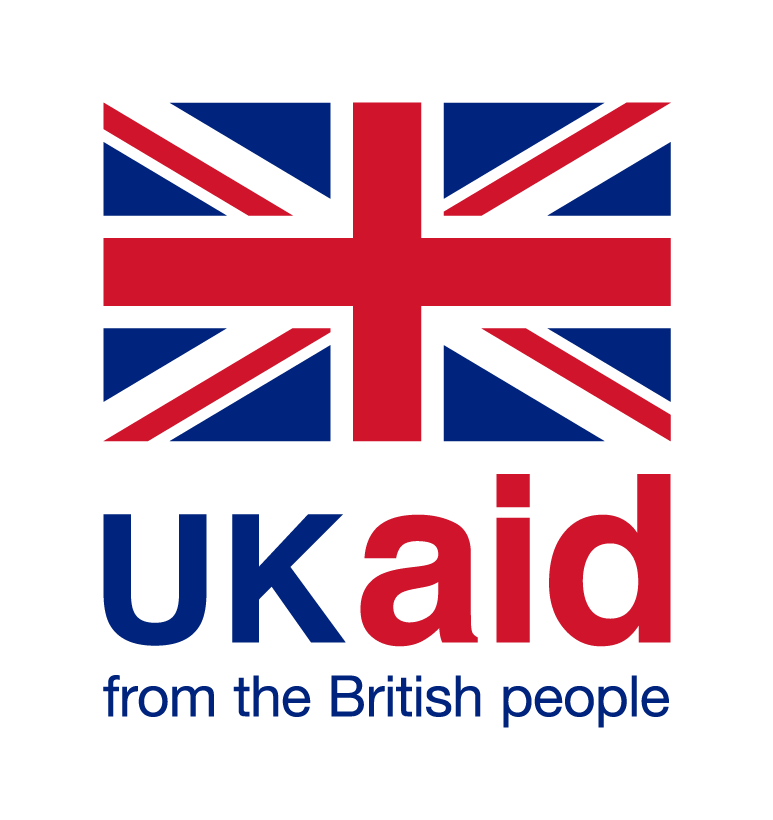
This project is funded by UK aid from the UK government.
